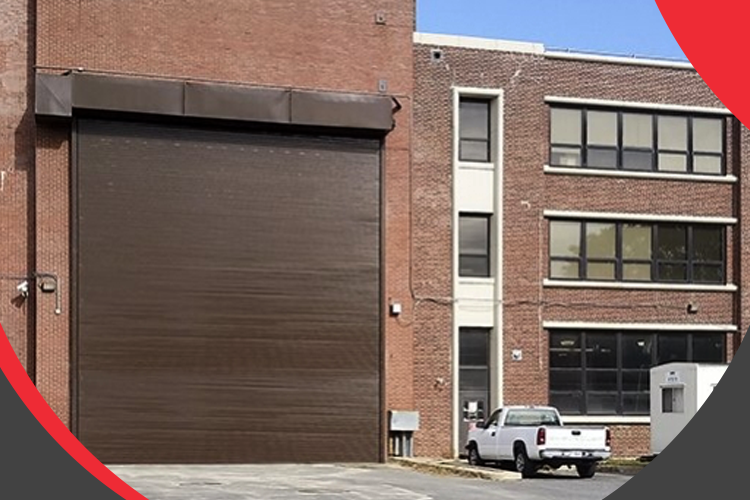5 Reasons Why Focusing on Wind Loads is a Priority for Saudi
Jeddah Tower, Abraj Al-Bait Royal Clock Tower, and Burj Rafal are just a few of the many high-rise projects Saudi Arabia has undertaken in recent years. While these projects help the country to brand itself as a hotspot for architectural marvels, it is important to ensure that these properties are structurally sound and can withstand the high winds that are common in Saudi Arabia.
Did you know that wind loads are one of the main causes of structural failures in buildings? It’s a problem that Saudi Arabia is facing, and it’s something that needs to be addressed as a priority. In this blog post, we will discuss 5 reasons why focusing on wind loads is so important. We will also talk about the historical background of climatic conditions in the Arabian peninsula, and explain how this project could benefit other countries that are struggling with these same issues.
But before we begin let’s get our basics straight.
What are wind loads and how does it affect us?
Wind loads are the pressure and drag exerted on a structure by the wind. The force of the wind can cause buildings to collapse. So it’s crucial to consider this when designing and constructing a building.
Places that either have or are planning to build high-rise buildings need to consider wind loads while planning these projects. In high-rise buildings, the structural systems that absorb these loads are different from others. The gravity loads (loads due to the weight of the building and its contents) are usually taken by the columns, while wind loads are taken by the walls.
Therefore, wind load calculations should always be done in a wind tunnel study. This is because it will help you determine whether your structure can withstand these forces or not. If it’s not, then you can make the necessary changes to ensure that your building is safe.
Generally, wind exerts three types of forces on a structure:
-Vertical wind load which acts in the vertical direction
-Lateral wind load which acts in the horizontal direction and is perpendicular to the vertical wind load
-Torsional moment, which causes rotation of the building about its center of gravity.
It’s important to consider wind pressures while designing a structure as the failure in doing so could lead to the collapse of doors and windows, roof decking, or, in some cases, ripping off of roofs.
In countries like Saudi Arabia, where construction of high-rise structures is in full gear, keeping an eye on wind loads pays off huge dividends in the long run. Moreover, the Arabian peninsula is known to endure high wind pressure regularly. This makes it more important for architects to account for accurate pressures.
Now that we know a little bit more about wind loads and their effects, let’s discuss five reasons why Saudi Arabia should focus on this topic:
Reasons why Saudi Arabia needs to take wind loads seriously
1. The history of high wind speeds in the Arabian peninsula
The Arabian peninsula has a history of high wind speeds. As a result, the region has to be prepared for all kinds of wind hazards. It’s not just about the fatal loads the region has to worry about but the steady ones too! Sometimes the magnitude of these loads are not severe enough to cause direct structural damage, but they could still affect the occupants of a building, or lead to damages over time.
These ongoing exertions could cause the structure to fatigue to such an extent that a small load could lead to a colossal failure.
2. Minimizes structural failures in high rise buildings
With over twenty-seven high-rise towers already constructed and over 30 under construction, it is safe to say that Saudi Arabia is a hot spot for large-scale architecture. Unfortunately, wind pressures have been the cause of many structural failures in buildings. To prevent these disasters from happening, it is important to focus on wind loads as a priority.
To fight this, the Saudi Arabian government has mandated building codes that prescribe wind loads on structures. The 2006 version of this building code, SBC 301-AR-06 (2006), provides 50-year design wind speeds for many different cities across Saudi Arabia.
3. Prevents disaster from being fatal
While working on huge projects, the probability of disasters is always a risk. However, if these disasters are taken into account during the design stage, fatalities and injuries can be minimized.
Focusing on wind loads prioritizes safety in high rise buildings and could potentially save lives. Today, the market offers various products that protect inhabitants from numerous issues like flying rumbles and sand storms. One such product is the Safespace 500 series that can protect your property from wind and wind-borne debris.
Watch the Safespace 500 in action here:
4. Saudi could be a role model for everyone
By effectively handling the issue of wind loads in high-rise buildings, Saudi Arabia could become a role model for other countries that are also struggling with these issues.
If this project is successful, it could be used as an example for others who are keen on tackling wind pressures in their own structures. Even the governments of other countries in the Arabian peninsula could implement the policies and codes of the Saudi government to tackle this genuine problem.
5. Create lucrative opportunities for everyone
With Saudi being successful in building high rise structures that are resistant to harsh wind pressures, the outlook for these types of projects will only continue to grow. This will create lucrative opportunities for engineers, architects, construction workers, and more.
Also, the country could position itself as a thought leader in this space that has immense knowledge in the applicability of wind load solutions. Focusing on wind pressure is a project that would have many benefits for Saudi Arabia and the people who live there. Let’s hope this important issue gets the attention it deserves!


